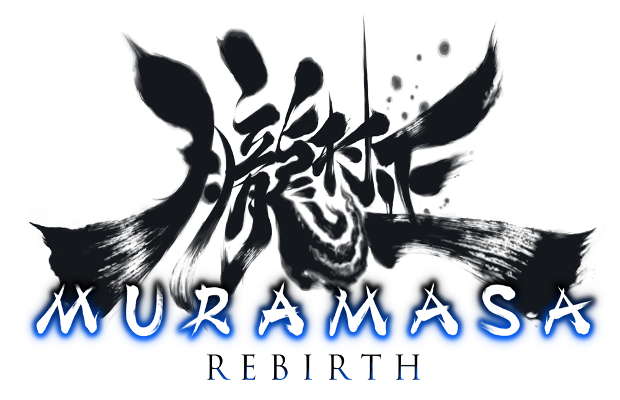When the original PSP released, it was almost immediately the victim of shovelware—countless ports being dumped onto the system, ranging in quality, for the mere sake of having games on the handheld. It set a tragic expectation for the low caliber of ports on handheld devices, but at the same time made the rare occasion that a good port shows up that much sweeter. The Vita’s Muramasa: Rebirth, having originally appeared as Muramasa: The Demon Blade on the Wii, is a prime example of a great port.
Muramasa is beautiful, and it’s absolutely impossible to get around that fact. It’s like a moving painting, with wonderfully-detailed character models and positively jaw-dropping backgrounds. Each of the regions in the game has a distinct look and feel, with each one appearing more stunning than the last. A nice touch has a some pieces of scenery extending into the foreground, in front of the action, creating a very attractive depth of field vibe.
There are two separate and unique storylines to experience here, and they can be played in either order, independently, with either profile available to play whenever the game is loaded up. The first of these is the story of Momohime, who was possessed by the spirit of the evil Jinkuro in his quest for power. The second is Kisuke, a young, amnesiac ninja seeking to regain his memory. Both characters play identically but have unique stories that are both worth experiencing. It’s worth noting that there is no English dubbing here, which is a real treat for purists.
Combat, when executed correctly, is immensely satisfying. Utilizing combinations of the Square button and the left thumbstick, the character bounces around the screen, slashing enemies, reflecting projectiles, and pulling off double-digit combos. These combos are refreshingly easy to string together, and elegantly simple on their own. Transitioning between a swift uppercut and a powerful charged attack feels incredibly easy, just as it should. It’s initially jarring to realize that combat encounters are confined to chance encounters rather than being able to fight enemies roaming around the areas, but this fits with the style of the game.
Controlling the characters is generally very solid, with one glaring exception: jumping and interacting are both mapped to the same button, resulting in a number of frustrating situations in which trying to talk to an NPC results in the main character leaping high into the air. You have to be standing still, and in just the right spot, for the prompt to actually activate, and it’s a bit annoying to have to fulfill these prerequisites just to interact with a person or object. It was a weird design decision that I never fully got used to.
There is a lot of focus on exploration of the game’s large world, so it’s best to think of it like a sort of Metroidvania type of progression. Much of the game world is open to explore and most of it locked behind barriers that can only be unlocked with certain weapons, while better weapons and stat-boosting equipment pieces are earned through exploration and vanquishing enemies. A major drawback of this format is the extreme almost-absence of any sort of fast-travel system, making you experience an excessive amount of tedious backtracking.
In addition to exploration, the real meat and potatoes of the gameplay is the ability to collect blades. There are a staggering number of blades (over 100) to be collected here, with each one sporting a unique set of stats and special ability. This special ability feeds from a meter which is nourished by souls. Collecting souls and defeating enemies also leads to gained levels, which grant strength and vitality bonuses and allow access to more powerful blades. Each character can have three blades equipped at one time, and can switch between them freely. Swapping blades executes an attack that damages every enemy on screen, and if a blade is used to block too often, it will break until it can be recharged. Trying out the different special abilities of each blade is a blast, and finding the weapon that just feels right is satisfying.
You also have the option to forge blades, making unique and powerful weapons when the standard ones aren’t enough. Each blade requires Spirit and Soul, and exponentially more powerful blades are aligned along a branching tree, so that the best blades have the prerequisite of forging a weaker blade first. It’s a cool system that gives you something to work for. Additionally, ingredients found around the world or purchased from vendors can be cooked into dishes that give brief stat bonuses and restore health. This mechanic, while fun, didn’t have a huge bearing on gameplay.
It all feeds into a satisfying experience with a short core narrative (albeit with multiple endings) and a much larger peripheral experience if time and care are taken to explore the world, talk to everyone, and enjoy the smaller features the game has to offer. Some poor decisions, particularly that pesky forced backtracking, do little to dilute what is generally a solid, enjoyable and breathtakingly beautiful portable experience.
Muramasa: Rebirth was developed by Vanillaware and published by Aksys. A PS Vita copy of the game was provided by the publisher for review purposes.




